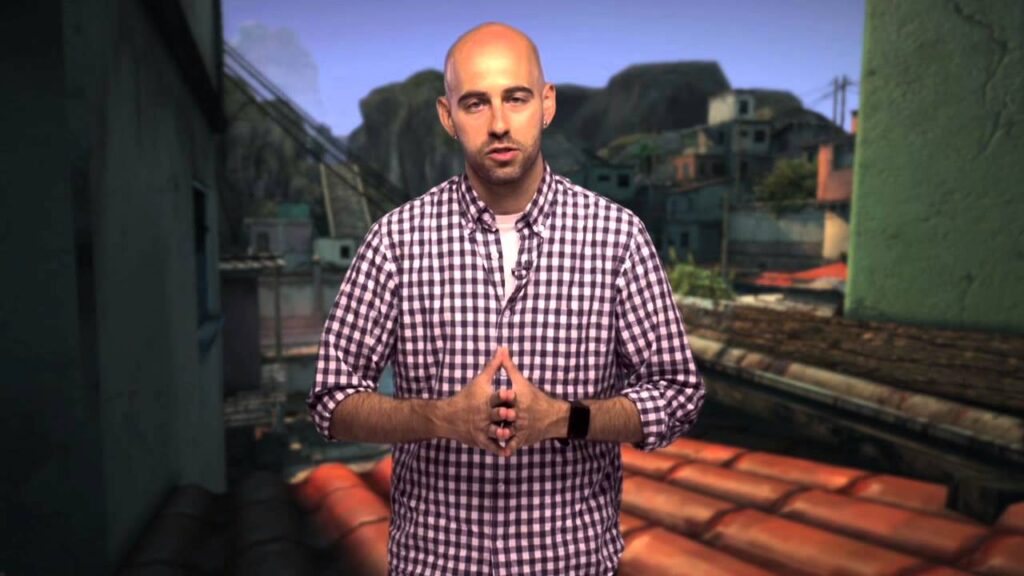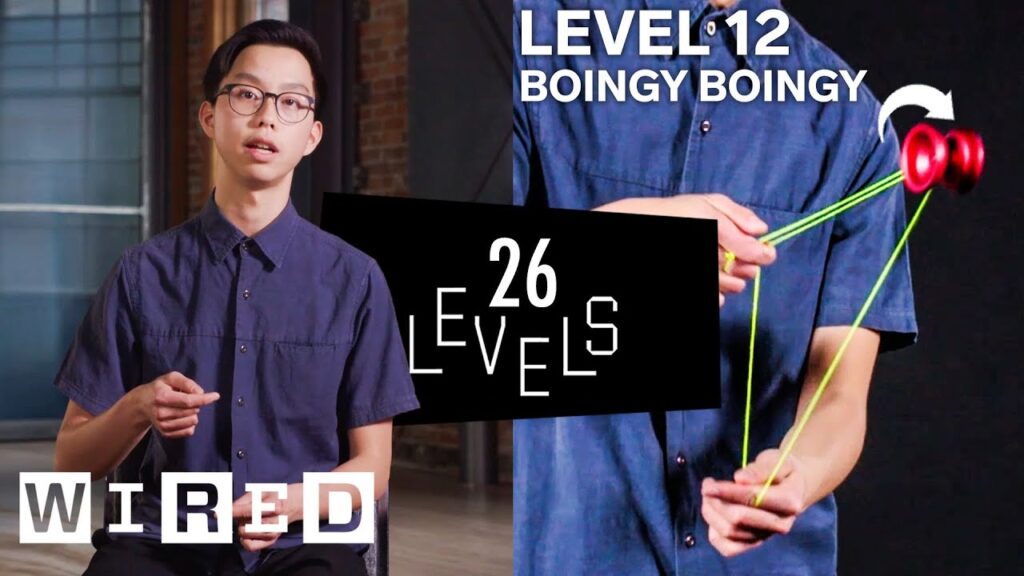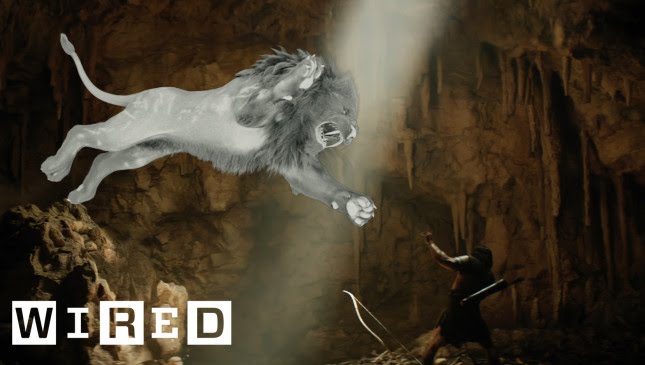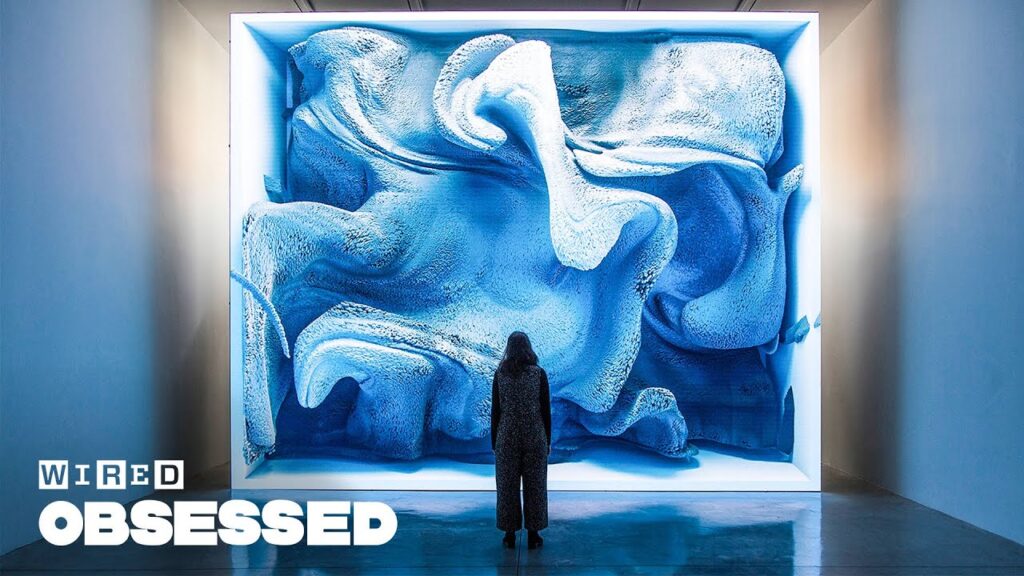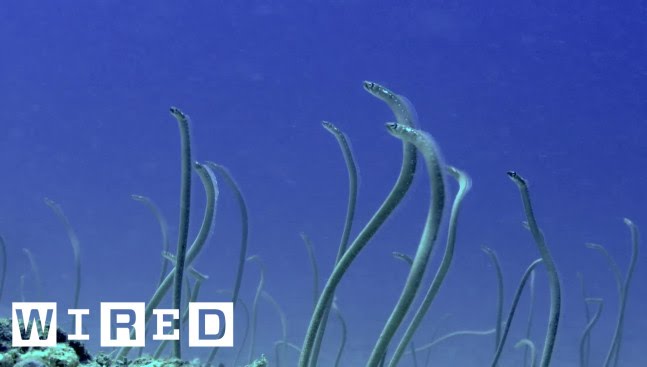Interactive light artist Jen Lewin on creating sound and LED art: A Q&A
Summary
In this article, we chat with Jen Lewin, an interactive light artist who creates sound and LED art on a large scale. We discuss her creative process, the challenges she faces in hardware and waterproofing, and her hopes for the future of public art.
Table of Contents
- The creative process behind Jen Lewin’s interactive sculptures
- The challenges in creating interactive sculptures
- The magic of Easter eggs in art
- Advancements in technology for circuit boards
- The testing and waterproofing of interactive sculptures
- The importance of public art for community engagement
- The future of technology in art
- Conclusion
Introduction
As technology continues to shape the world of art, artists are finding new and innovative ways to create dynamic and interactive pieces that engage and connect with audiences. One such artist is Jen Lewin, an interactive light artist who creates sound and LED art at a large scale. In this Q&A, we explore her creative process, the challenges she faces in hardware and waterproofing, and her hopes for the future of public art.
Q&A
The creative process behind Jen Lewin’s interactive sculptures
Q: Can you describe your creative process when coming up with ideas for your sculptures?
A: Our creative process involves ideation by flying over the site and analyzing the space in 3D, rendering in 3D, building a prototype, figuring out how to build it, and iterating until we get it right. We take pride in being the people who bring together all the pieces creating a mesh network allowing all of our platforms to communicate with each other on the sculptures. This allows users to participate as a group and create a connection to the work.
Q: How do you incorporate sound into your art?
A: We create laser harps and have even built one using custom software that sends out an infrared beam and triangulates off my hand while sending back distance and speed information. This allows me to play not just one note, but a series of notes that allows the user to move through and play with the sound.
The challenges in creating interactive sculptures
Q: What are some of the biggest challenges you face when creating these works?
A: The biggest challenge is the hardware. Building circuits and soldering components can be tricky and time-consuming. Over time, technology has become more sophisticated, allowing for smaller and more elegant circuit boards. Testing and waterproofing the electronics is also a daunting task, as our sculptures must withstand rain, snow, and other outdoor elements while still being interactive and engaging.
The magic of Easter eggs in art
Q: Your sculptures often have Easter eggs or hidden components that activate other aspects of the artwork. Can you talk about the importance of these Easter eggs in your art?
A: Easter eggs are a way to add an extra layer of intrigue and magic to the artwork. It makes people feel like they are a part of something special, and it can be a fun, exciting way to engage visitors with the piece. Easter eggs also allow us to build in surprises and other aspects of the piece that might not be immediately apparent, giving the artwork a longer lasting impression on its visitors.
Advancements in technology for circuit boards
Q: What are some recent advancements in circuit board technology that have been helpful in your work?
A: Technology has evolved rapidly in recent years, allowing for smaller, more efficient circuit boards that can handle more processing power. This is especially important for our work, as we often use microcontrollers to handle dozens or even hundreds of LEDs at once. Smaller boards also allow for more elegant designs and help to make our sculptures more visually appealing.
The testing and waterproofing of interactive sculptures
Q: How do you test and waterproof your sculptures?
A: Testing is a crucial step in the process, as it ensures that our sculptures are reliable and won’t break down prematurely. We test our electronics using specialized equipment to make sure everything is functioning correctly. Waterproofing is also a concern, as many of our sculptures are meant for outdoor use. We use specialized coatings and other techniques to ensure that our sculptures can withstand the elements while still being interactive and engaging.
The importance of public art for community engagement
Q: How important is public art for community engagement?
A: Public art is incredibly important for community engagement, as it allows people from all walks of life to come together and experience something beautiful and thought-provoking. Art is a universal language that transcends boundaries, and it can be a great way to engage with other people on a deeper level. Public art also has the power to transform mundane spaces into something vibrant and exciting, which can help to revitalize struggling communities and create a sense of pride and ownership among its residents.
The future of technology in art
Q: How do you see technology evolving in the world of art in the future?
A: I think that technology will continue to play a major role in the world of art, as it allows artists to create dynamic, interactive pieces that engage and excite audiences. One trend that I’m especially excited about is the use of augmented reality and other digital tools to create immersive, interactive experiences. I also think that we’ll see more artists using technology to create pieces that are specifically tailored to their environment, taking into account factors like sound, light, and movement to create truly transformative experiences.
Conclusion
Jen Lewin is an interactive light artist who creates sound and LED art on a large scale, using her creativity and expertise to create pieces that engage and excite audiences. Despite the challenges of hardware and waterproofing, Jen remains committed to creating public art that brings people together and sparks their imagination. As technology continues to evolve, we can expect to see more and more artists like Jen using it to create dynamic and beautiful works of art that capture the imagination and inspire wonder.
